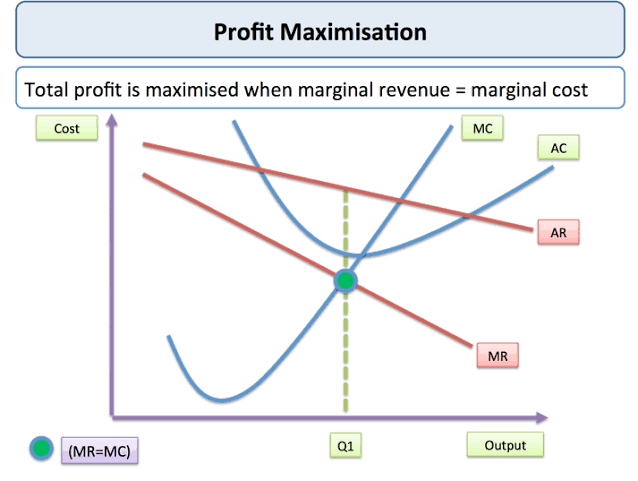The Paradox of Economic Growth

Economic growth is often seen as a tide that lifts all boats, but recent trends suggest otherwise. Despite a booming economy and record-breaking corporate profits, wages for the average worker have barely budged. This paradox can be perplexing. How can companies be making more money than ever before, yet employees are not seeing a corresponding rise in their paychecks? It’s akin to a tree bearing more fruit but the fruit gatherers are still left hungry. This disparity raises questions about the fairness and sustainability of the current economic model.
The Changing Labor Market

One significant factor contributing to wage stagnation is the evolving nature of the labor market. Automation and technology advancements have reduced the demand for certain types of labor. Jobs that once required a human touch are now being performed by machines, leading to a surplus of labor in certain sectors. This oversupply can drive wages down, as there are more people competing for fewer jobs. It’s like having too many chefs in the kitchen, which inevitably leads to some chefs getting less to cook with.
Globalization’s Role

Globalization has opened markets and increased competition, but it has also contributed to wage stagnation. Companies often outsource labor to countries where wages are lower, putting downward pressure on wages in their home countries. This global search for cheaper labor means that workers in higher-wage countries must compete with those willing to work for less. Imagine playing a game where the rules favor the team willing to play for the smallest reward. This dynamic has made it challenging for workers to negotiate higher wages.
Decline of Union Influence

The decline of labor unions has also played a significant role in the stagnation of wages. Unions have historically been instrumental in negotiating better pay and working conditions for workers. However, with their influence waning, many employees are left without a strong advocate. It’s like a soccer team playing without a coach; they might know how to play, but they lack the strategic direction needed to win. Without unions, workers often have less bargaining power when it comes to negotiating salaries.
Corporate Priorities and Profit Maximization

Corporations have increasingly prioritized profit maximization over employee compensation. Shareholders and executives often benefit from high corporate profits, while employee wages remain stagnant. Companies may invest profits into stock buybacks, dividends, or executive bonuses rather than increasing worker pay. This approach can be likened to a banquet where the head table feasts while the servers are left with scraps. The focus on short-term gains can overshadow the long-term benefits of investing in the workforce.
Impact of Economic Policies

Economic policies can significantly affect wage trends. Tax policies that favor corporations and the wealthy can exacerbate income inequality. Legislation that restricts minimum wage increases or weakens labor protections can also contribute to wage stagnation. It’s like having a referee who is biased towards one team, skewing the fairness of the game. Policies that do not prioritize the working class can create environments where wages remain flat even as corporate profits soar.
Technological Advancements and Productivity

While technological advancements have boosted productivity, they have not translated into higher wages for workers. In theory, increased productivity should lead to higher pay, but this has not been the case. Instead, the benefits of improved technology often accrue to business owners and shareholders. It’s as if the workers are fueling a faster car but are not allowed to enjoy the ride. The disconnect between productivity and wages is a critical factor in understanding wage stagnation.
Job Market Polarization

The job market is becoming increasingly polarized, with growth in both high-skill, high-wage jobs and low-skill, low-wage jobs. The middle-skill jobs that traditionally supported a stable middle class are disappearing. This polarization means that many workers are either overqualified and underpaid or stuck in low-paying roles with little room for advancement. Picture a ladder with the middle rungs removed; climbing it becomes a challenge for those in the middle.
Cost of Living Increases

While wages have stagnated, the cost of living has continued to rise, further eroding the purchasing power of workers. Housing, healthcare, and education costs have all increased significantly, placing additional financial strain on families. It’s like trying to fill a bucket with a hole in it; no matter how much you pour in, it never seems to be enough. The disparity between income and living expenses is a growing concern for many households.
Future Prospects for Workers

The future of wages and corporate profits is uncertain, but potential solutions exist. Encouraging corporate responsibility, strengthening labor protections, and implementing policies that support wage growth can help address the imbalance. It’s like planting seeds today to ensure a fruitful harvest tomorrow. While the challenges are significant, addressing wage stagnation is crucial for creating a more equitable and sustainable economy.




